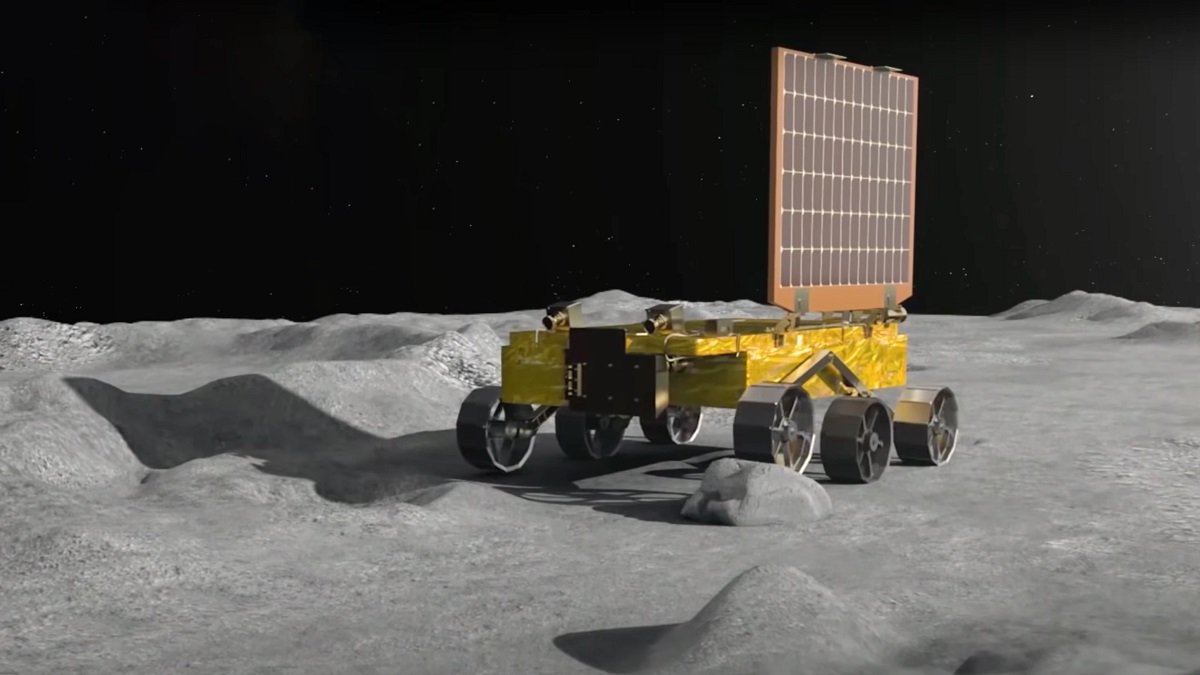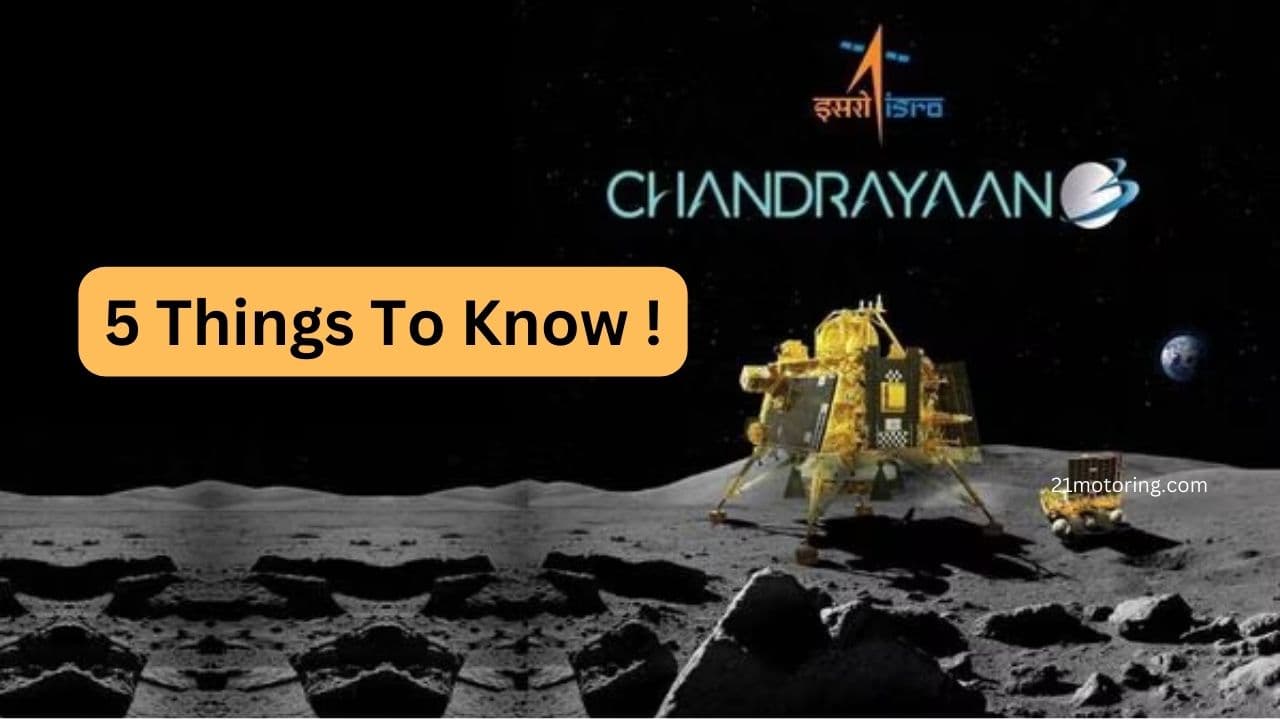Contents
Chandrayaan 3 and Pragyan Moon Rover Details
With the successful of ISRO’s Chandrayaan 3, attention turns to the Pragyan rover and how it will move around the moon’s surface. Positioned near the unexplored lunar south pole, Pragyan has already embarked on its 14-day mission to explore the moon’s surface. Unveiling five unique characteristics, here’s a closer look at what sets the Pragyan rover apart in the Chandrayaan 3 mission.
1. The Pragyan rover’s size

Intriguingly, the Pragyan rover defies expectations with its diminutive size, tipping the scales at just 26kg and measuring approximately 36 inches in length. Its power source primarily relies on a small battery to deploy its solar array, which subsequently provides a modest 50W of power. Nonetheless, the rover’s electric motor compensates with swift torque delivery as soon as it springs into action.
2. The Pragyan Rover is a slow poke
Despite the moon having no speed limits, the Pragyan rover crawls along at a mere one centimeter per second. A leisurely pace of 0.036 kilometers per hour. While this might seem painstakingly slow, it’s a necessity dictated by the limited power supply generated by solar panels. The LVM3 rocket that propelled Chandrayaan to the moon rockets through space at Mach 30. Mach 30 in astronomic terms is 30 times the speed of sound.
3. The Rover is capable of self-driving
The Pragyan rover has a pair of “navigation” cameras at its front, aiding in terrain recognition. However, Pragyan isn’t entirely autonomous; it operates under the guidance of ISRO’s mission control on Earth. Mission control can issue instructions, particularly for significant course changes or deploying experimental sensors. Pragyan’s operational range is restricted to not exceeding 500 meters from the lander, as all communications with Earth are relayed through the Vikram lander.
4. The Rover has clever suspension to go over moon-rocks
The moon’s challenging terrain, with craters, rocks, and uneven surfaces, demands an exceptional suspension system for the Pragyan rover. It employs a six-wheel rocker-bogie system comprising two ‘L’ shaped sections, providing the necessary leverage and capability to navigate over obstacles, even those taller than itself. Despite its compact size, this rocker-bogie mechanism allows for a 50mm range of movement, enabling individual wheels to move up or down without significantly affecting the rover’s orientation.
5. Pragyan Rover has 14 day Lifespan
The Pragyan rover faces a brief existence, lasting only 14 Earth days, equivalent to one lunar day. Following this period, it must endure 14 consecutive, frigid, 24-hour lunar nights with temperatures plummeting to -230 degrees Celsius, devoid of power. ISRO scientists hold uncertain hopes for its survival during these dark weeks. Yet, there remains a glimmer of possibility that when the lunar sunrise breaks, Pragyan may reawaken and resume its work after a couple of days. Fingers are crossed for this lunar revival.

